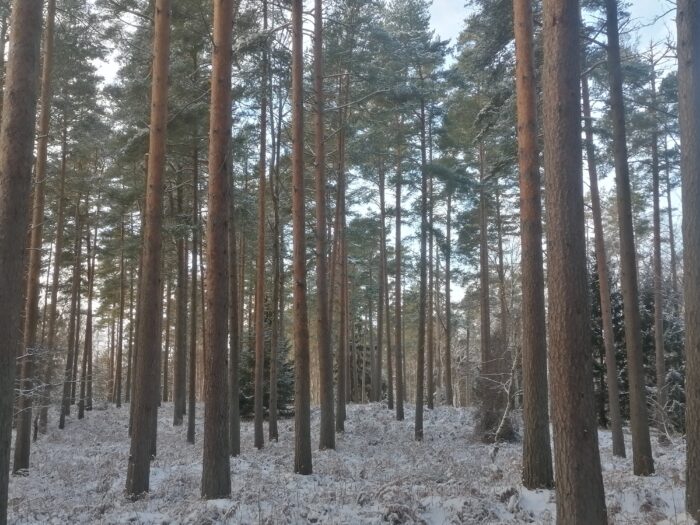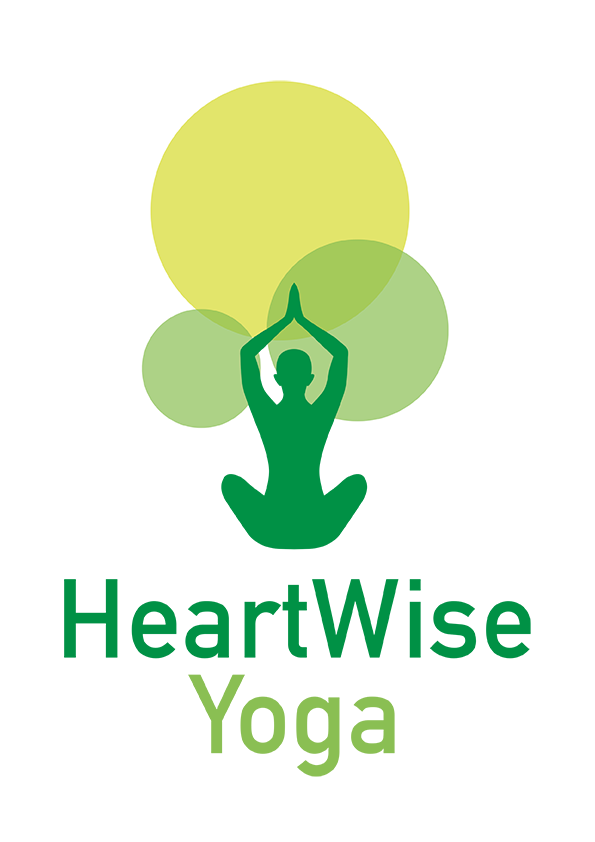When was the last time you did take a risk? And how did that feel?
My favorite poet David Whyte writes about the risk to be ourselves in the world; committing to what is dearest to our hearts and being authentic and open-hearted with others. No matter if it is directly through your daily job, family life or the way you connect to nature or yourself, where do you feel the “stretch to risk”?
We just completed our yoga teacher training last weekend. Nine lovely yogis were on board this six-month long discovery and learning journey into the art of sharing yoga; something they each love but which feels very personal. Rooted in thousand-year-old traditions, yoga is more than stretching and good sequencing techniques, pose by pose. In our training, we put an equal amount of focus on both the physical, technical aspect and the more personal, spiritual aspect of the yoga discipline. Because the more personal and the more technical aspects are hard to dissociate, or so we (Nicolai and I) think, the better you get at teaching, the more vulnerable and exposed you might feel. Teaching yoga, then, becomes a deliberate risk you choose to take.
As their final exam, the course participants had to teach a one-hour class open to the public at the studio. As you can imagine, there were a great deal of nervousness among our lovely group in the days and hours just before. The morning before the exam, as I was preparing for our morning sadhana (practice), I came across these words from David Whyte:
“We are here essentially to risk ourselves in the world. We are a form of invitation to others and to otherness, we are meant to hazard ourselves for the right thing, for the right woman or the right man, for a son or a daughter, for the right work or the right gift given against all the odds. And in all this continual risking the most profound courage may be found in the greatest risk and the greatest vulnerability of all, the simple willingness to allow ourselves to be happy along the way…”
David Whyte, from the chapter “Longing” in his book Consolations, 2015
What struck me in his lines was a double-edged bite of wisdom. First, to be fully human implies to take the risk to listen to ourselves, be authentic, and face our fear or shame and rejection as we attempt to fulfill our longing . A deep longing we all share as humans is the desire to be part of the world in some way and find joy in that. Both acknowledging this longing and aligning our lives with or towards it will definitely feel risky – a threat to the comfort of our ego’s protection.
Second, when we embrace our deep longing—despite our fear for failure, critique or any other dissuasive argument we might convince ourselves with—and take the risk to fulfill it, not only do we necessarily meet courage and vulnerability, but we will also experience profound happiness. Such process might be the recipe for deep joy: working through self-imposed limitations and taking the risk to play our role in this world.
Such life philosophy, I find, very much aligns with the wisdom of the ancient yogic sages. Stepping into our dharma, i.e. purpose or calling, requires both discipline and an open-hearted dedication—karma and bhakti, respectively. (For more on this teaching from eastern philosophy, read The Bhagavad Ghita).
With dedication, I do not mean the type of commitment we put into a plan purely driven by results and, ultimately, motivated by the need to feel better than or external approval—”only possible” if we get this promotion, bigger house, higher turnover, etc. Although our capacity to transform a plan into results is much valuable in many occasions, if it is only driven by a sense of lack or “something is missing”, most likely our hearts will not be fully in it and that will not be fulfilling in the longer term.
Instead, if our dedication is open-hearted, meaning that it comes from a deeper drive that is willing to overcome our initial fears (such as “what will others think of me” or “I am not good enough to do this”), happiness will await us around the corner.
If our actions or ways to be in the world are rooted into our heart, like we simply have to do it despite our minds do not like it, we might feel a mix of vulnerability (because we take a risk and show ourselves in a new way) and extra power (because it feels very good and we come closer to a state of flow and ease). Although it is not easy, open-hearted dedication will reward us with profound joy and happiness as—according to the ancient sages—we take the risk to serve selflessly and fulfill a sense of purpose that feels bigger than ourselves.
Certainly, the six-month journey into which each of these lovely teachers offered their dedication carried results. The exams went fantastic, and they all held the room in such a warm and professional way. They each chose to take the risk of doing what they loved and share it with the world. I can tell you that, at least from my perspective, they seem to be in a state of near ecstasy afterwards, although it was not perfect!
I have witnessed it a few times now and experienced it myself. I cannot tell you how nervous I was when I had to teach my first class at my former workplace, in front of 15 researchers. This class took place a few days before my PhD defense, and in comparison my defense felt like a walk in the park. However, I knew I had to do it (although it almost felt like I was about to shoot myself in the foot!) for some strange reason.
Thus, I am asking you again. What is the risk you are willing to take, the vulnerable edge you are ready to grow, even just a little?
It does not have to imply signing up to a yoga teacher training (although I’d love to see you next year!) or any dramatic life move. It can be as simple as finally taking three minutes to be with your feelings and dropping the to-do list for a moment, going for a five-minute walk around your block in the middle of the day and saying no to this extra meeting, or sending a heartful message to this ex-partner or old friend whose feelings you have hurt in some way.
The world needs to see and feel our hearts, including yours. Imagine how the planet would look like if we all were to let our heart move and speak, even just for five minutes each day?
Thank you so much for how you feel, move, and love in the world.
Much love,
Cédric

